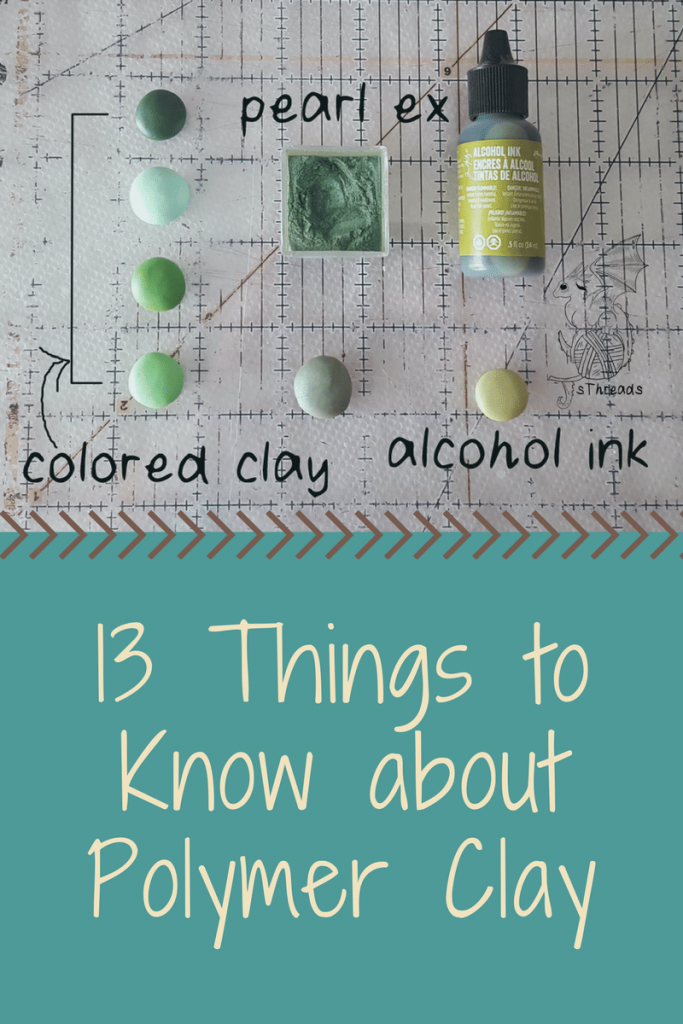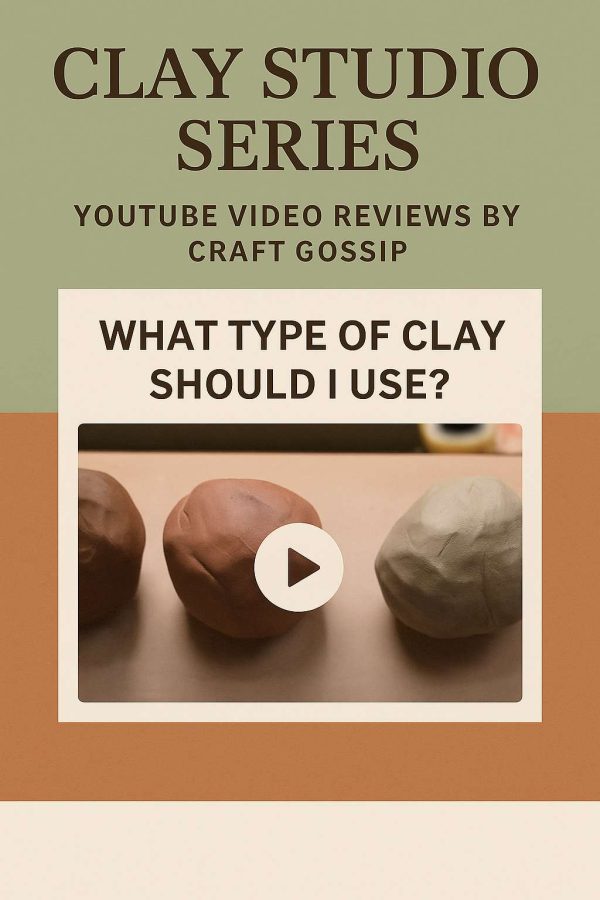
JSThreads has a useful little post of tips and hints she accumulated while claying. I realize most of us have our own little polymer clay rules and guidelines. I agree with most of the tips and here’s a few of my own:
- Toothpicks and knitting needles are the best tools – after your hands of course!
- If you’re going to stick with clay… get a pasta machine. It makes a big difference to your work, especially if you cane.
- Figure out your polymer clay
storage early on. Zipper bags
and plastic containers are perfect… but get used to putting it away. Fur, crumbs, mixes you didn’t want all make a mess.
- Out of all of the crafts I have done polymer clay is the most variable one. That means someone else’s results will differ from yours and yours from the next person. Try stuff out until you find what works for you.
What about your clay experience? Have you stumbled on some favourite bits of advice you pass along to other clayers?

Good tips! I stumbled upon a way to make “icing” like you might put on a clay gingerbread house by mixing plain white glue and cornstarch. She said to add a little white acrylic paint to make sure it stays white. Mix until you get the consistency you want by adding more glue or adding more corn starch. It hardens very nicely. Keep in air tight jars. Also, you can add other colors of paint instead of white to make different colors. There is a video that shows this on You Tube by Maive Ferrando. https://youtu.be/xhG9LVSsMQ8